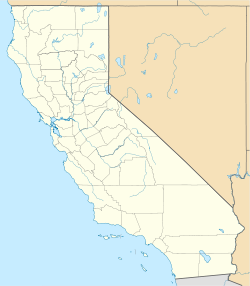Demographics
Historical population| Census | Pop. | Note | %± |
|---|
| 2010 | 668 | | — |
|---|
| 2020 | 787 | | 17.8% |
|---|
|
Tuttletown first appeared as a census designated place in the 2010 U.S. census. [21]
The 2020 United States census reported that Tuttletown had a population of 787. The population density was 107.1 inhabitants per square mile (41.4/km2). The racial makeup of Tuttletown was 637 (80.9%) White, 8 (1.0%) African American, 17 (2.2%) Native American, 11 (1.4%) Asian, 3 (0.4%) Pacific Islander, 21 (2.7%) from other races, and 90 (11.4%) from two or more races. Hispanic or Latino of any race were 81 persons (10.3%). [22]
The census reported that 768 people (97.6% of the population) lived in households, 19 (2.4%) lived in non-institutionalized group quarters, and no one was institutionalized. [22]
There were 331 households, out of which 86 (26.0%) had children under the age of 18 living in them, 183 (55.3%) were married-couple households, 29 (8.8%) were cohabiting couple households, 58 (17.5%) had a female householder with no partner present, and 61 (18.4%) had a male householder with no partner present. 69 households (20.8%) were one person, and 43 (13.0%) were one person aged 65 or older. The average household size was 2.32. [22] There were 238 families (71.9% of all households). [23]
The age distribution was 137 people (17.4%) under the age of 18, 33 people (4.2%) aged 18 to 24, 154 people (19.6%) aged 25 to 44, 246 people (31.3%) aged 45 to 64, and 217 people (27.6%) who were 65 years of age or older. The median age was 52.5 years. For every 100 females, there were 93.8 males. [22]
There were 374 housing units at an average density of 50.9 units per square mile (19.7 units/km2), of which 331 (88.5%) were occupied. Of these, 301 (90.9%) were owner-occupied, and 30 (9.1%) were occupied by renters. [22]
This page is based on this
Wikipedia article Text is available under the
CC BY-SA 4.0 license; additional terms may apply.
Images, videos and audio are available under their respective licenses.


